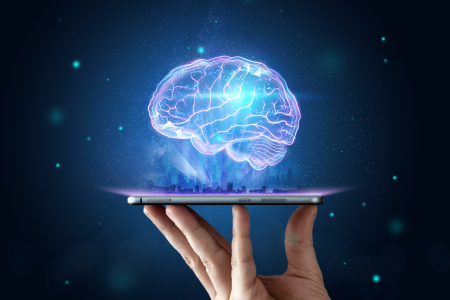Ao clicar em "Aceitar todos os cookies", você concorda com o armazenamento de cookies em seu dispositivo. Esses cookies são utilizados para melhorar sua experiência de navegação, personalizar conteúdo relevante e apoiar nossos esforços em inovação tecnológica.
Configurações de privacidade
Decida quais os cookies que deseja permitir. O utilizador pode alterar estas configurações em qualquer momento. No entanto, por vezes pode obter visualizações ou resultados indisponíveis. Para obter informações sobre como excluir os cookies, consulte a função de ajuda do seu navegador.
Cookies Necessários
Estes cookies são aqueles necessários para o site funcionar e não podem ser desligados em nossos sistemas. Eles geralmente são definidos apenas em resposta às ações feitas por você, como por exemplo, definir suas preferências de privacidade, fazer login ou preencher formulários. Caso queira, pode configurar seu navegador para bloqueá-lo ou alertá-lo sobre esses cookies, mas algumas partes do site podem não funcionar de forma adequada.
Cookies Analíticos
Os cookies analíticos fornecem informações sobre como este site está sendo usado para que possamos melhorar a experiência do usuário. Os dados capturados são agregados e anonimizados.
Cookies de Marketing
Os cookies de marketing fornecem informações sobre a interação do usuário com o conteúdo do nosso site, ajudando-nos a entender melhor a eficácia do nosso conteúdo de e-mail e website.




